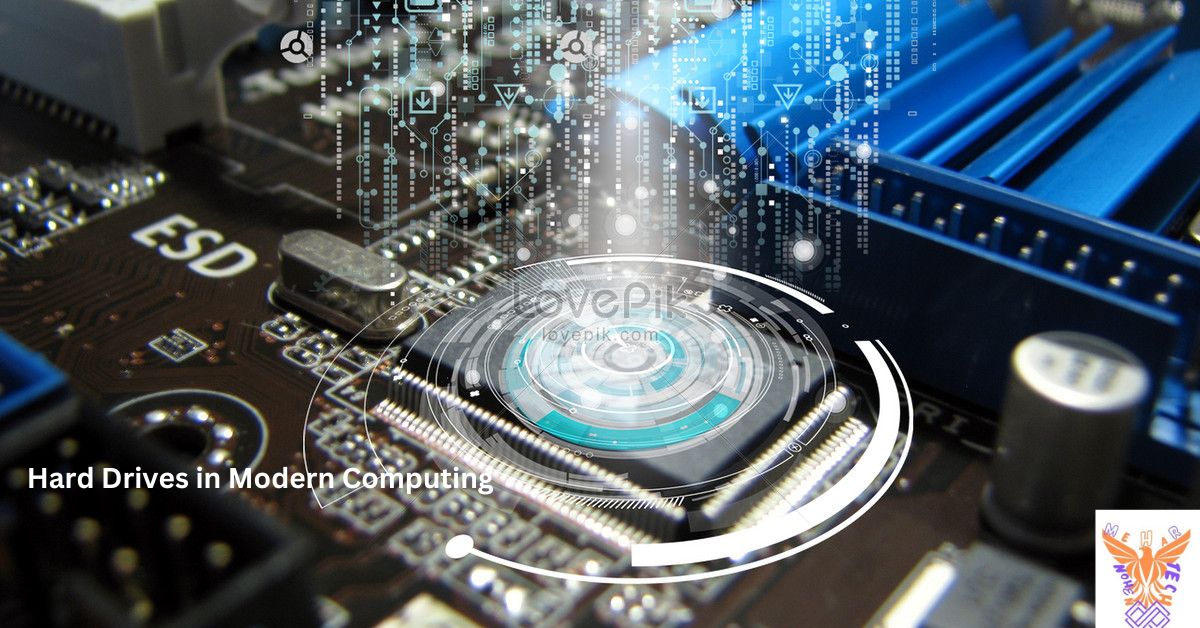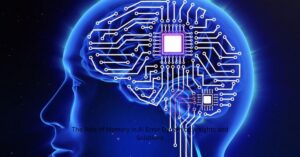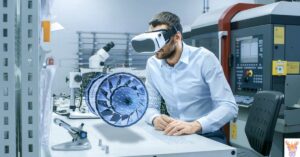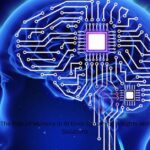Hard drives have revolutionized modern computing. These unassuming devices store vast amounts of data, from personal files to critical business information. They’ve become the backbone of digital storage, enabling us to keep and access massive quantities of data at our fingertips.
Technology is. Hard drives are constantly improving. They are becoming quicker more dependable and capable of storing amounts of data than, in the past. With advancements from drives, to state of the art solid state technology, the landscape of hard drives is always evolving.
Lets take a look, at how hard drives shape our digital environment. We’ll delve into their functions draw comparisons, between models and assess how they influence sectors. Join us as we unravel the realm of these elements that drive our online experiences.
Types of Hard Drives
There are four types of hard drives:
Traditional Hard Disk Drives (HDDs)
For years Traditional Hard Disk Drives (HDDs) have been, in existence. They rely on spinning disks to store data offering a cost solution for extensive storage requirements. While not as fast, as options HDDs remain popular in desktop computers and servers.
- Affordable for large storage capacities
- Widely used in desktops and servers
- Slower read/write speeds compared to newer technologies
Solid State Drives (SSDs)
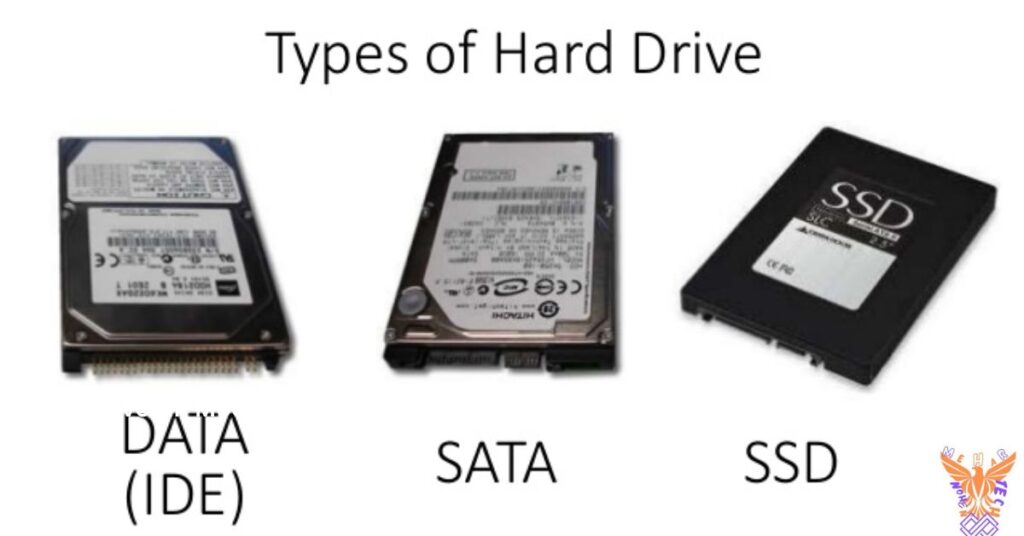
Solid state drives (SSDs) utilize flash memory, for data storage resulting in performance compared to hard disk drives (HDDs). Due, to their lack of moving components SSDs are known for their durability and energy efficiency. These drives are widely favored in laptops and powered computer systems.
- Faster read/write speeds
- More durable with no moving parts
- Lower power consumption
- Ideal for laptops and high-performance systems
Hybrid Drives (SSHDs)
Hybrid Drives (SSHDs) combine HDD and SSD technologies. They offer a balance between storage capacity and speed. SSHDs use a small SSD portion for frequently accessed data, while storing most information on a larger HDD component.
- Combines HDD capacity with SSD speed
- Good for users who need large storage and improved performance
- More affordable than pure SSDs
Emerging technologies like NVMe
Cutting edge advancements such, as NVMe (Non Volatile Memory Express) are revolutionizing storage speed limits. NVMe drives link directly to the computers PCIe bus enabling lightning data transfer speeds. These drives are gaining popularity, among top tier systems and data centers.
- Ultra-fast data transfer speeds
- Direct connection to PCIe bus
- Ideal for data centers and high-performance computing
- Growing in popularity as prices decrease
Operational Mechanics
Hard drives operate by using both electronic methods. In hard disk drives (HDDs) a read/write head floats, above rotating disks retrieving data as required. These disks rotate rapidly at speeds of around 5400 to 7200 revolutions, per minute (RPM) enabling retrieval of data stored on their surfaces.
Solid state drives (SSDs) however utilize flash memory chips, for data storage. Unlike hard disk drives (HDDs) SSDs do not have any components and instead use electrical circuits for data processing. This distinct operational approach results in SSDs being faster and more resilient compared to HDDs.
Related this post : The Importance of IP Addresses in Networking
Performance Metrics
When evaluating hard drive performance, several key metrics come into play. Read and write speeds measure how quickly data can be accessed or saved. Seek time indicates how fast the drive can locate specific information. For HDDs, rotational latency—the time it takes for the desired data to rotate under the read/write head—is also crucial.
IOPS, which stands for Input/Output Operations Per Second is a metric that shows how many read or write tasks a storage drive can perform in one second. Solid state drives (SSDs) are typically superior, in this regard as they can manage a volume of operations compared to hard disk drives (HDDs). When choosing a storage drive factors like capacity and cost per gigabyte are also important to consider, with HDDs providing storage space at a lower cost.
System Boot and Storage

| Aspect | System Boot | Storage |
| Purpose | Initiates and loads the operating system | Holds data long-term |
| Speed | Typically faster (often SSD) | Can be slower (HDD) or faster (SSD) |
| Size | Usually smaller capacity | Often larger capacity |
| Access | Read-intensive during startup | Read and write as needed |
| Location | Often a separate partition or drive | Can be on same or different drive |
| Content | OS files, drivers, boot loader | User files, applications, data |
| Importance | Critical for system operation | Important for data retention |
| Frequency of use | Used every time computer starts | Accessed throughout computer use |
| Vulnerability | Corruption can prevent system startup | Data loss affects stored information |
| Optimization | Impacts system startup time | Affects overall system performance |
This table provides a concise comparison between system boot and storage functions in modern computing. Each row highlights a specific aspect, showing how these two concepts differ in their roles and characteristics.
Data Management
Hard drives play a crucial role in data management. They provide the foundation for storing and organizing vast amounts of information. From personal files to corporate databases, hard drives keep our digital lives in order.
Effective data management on hard drives involves proper file organization, regular backups, and efficient use of available space. Many operating systems offer built-in tools for disk management, helping users keep their data tidy and accessible.
Data Security
Protecting the information stored on hard drives is paramount in our digital age. Encryption is a key tool in this effort, scrambling data so it’s unreadable without the proper decryption key. Many modern operating systems offer built-in encryption options.
Physical security is equally important. Properly disposing of old hard drives, using secure erasure methods, and protecting against theft all contribute to data safety. For sensitive information, some users opt for self-encrypting drives or keep their data on isolated, non-networked systems.
Hard Drives in Various Environments
- Data centers: High-capacity drives for massive storage needs
- Home computers: Balancing storage and cost for personal use
- Gaming rigs: Fast drives for quick load times
- Mobile devices: Compact, energy-efficient storage solutions
- Harsh environments: Ruggedized drives for extreme conditions
Comparison with Other Storage Solutions
- SSDs: Faster but more expensive per gigabyte
- Cloud storage: Accessible anywhere but requires internet connection
- Tape drives: Cost-effective for long-term archival storage
- NAS devices: Network-attached storage for home and small businesses
- USB flash drives: Portable but limited capacity compared to hard drives
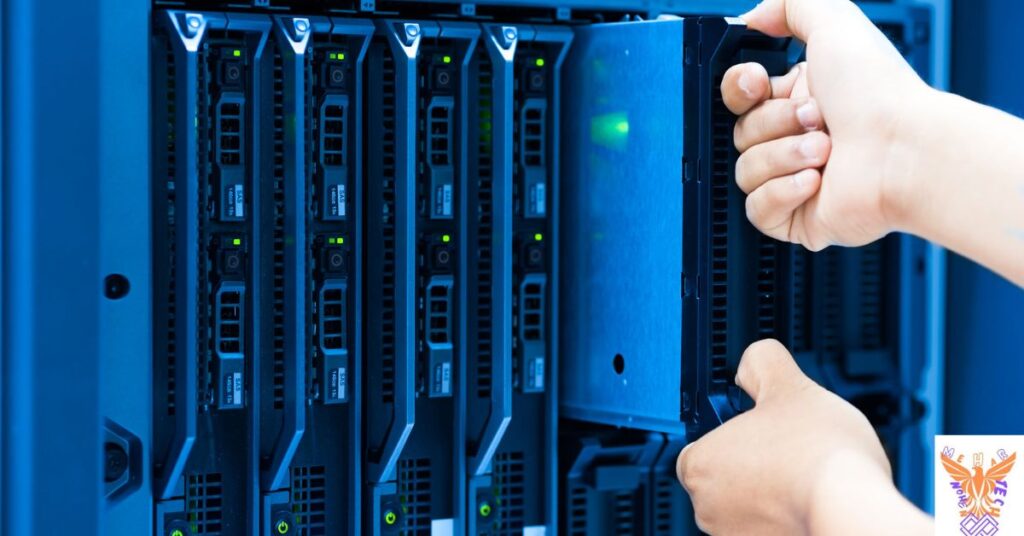
Future Trends
- Increasing storage densities
- Hybrid drives combining HDD and SSD technology
- AI-powered predictive maintenance
- Integration with emerging technologies like edge computing
Cost Analysis
Hard drives come in various price ranges, making them accessible to different budgets. The cost often depends on factors like storage capacity, speed, and technology type. Cheaper options might suffice for everyday use, while pricier models offer enhanced performance for demanding tasks.
When considering the cost it’s crucial to consider the long term advantages. Choosing an drive that offers better durability might end up being a wise investment since it could reduce the need, for frequent replacements, in the future. The key is to strike a balance, between cost and efficiency based on what suits your requirements.
Also read this post : Top Headlines from BestDvisr4U.com: Your Daily News Brief
- Storage capacity vs. cost
- Performance impact on price
- Long-term value considerations
- Budget-friendly options
- High-end models for specialized needs
Troubleshooting Issues
Having trouble, with your drive can be really annoying. The good news is that most issues have easy fixes. Typical problems you might encounter include operation, unusual sounds or difficulty starting up. Fortunately you can often solve these by following troubleshooting procedures such, as cleaning up your disk defragmenting it or using programs.
For more serious issues, professional help might be necessary. Data recovery services can sometimes retrieve information from failing drives. It’s always wise to maintain regular backups to prevent data loss in case of drive failure. Remember, prevention is better than cure when it comes to hard drive health.
- Common hard drive problems
- Basic troubleshooting steps
- When to seek professional help
- Importance of regular backups
- Data recovery options
Frequently Asked Question
What’s the difference between HDD and SSD?
HDDs use spinning disks, while SSDs use flash memory. SSDs are faster and more durable.
Can I recover data from a failed hard drive?
Often, yes. Professional data recovery services can help in many cases.
What’s the largest consumer hard drive capacity available?
As of 2024, it’s 22TB for HDDs and 4TB for SSDs.
Should I defragment my SSD?
Defragmenting SSDs is unnecessary. Can actually shorten their lifespan.
Conclusion
The advancement of drives has been remarkable transitioning from limited storage units, to slim efficient storage options. They have significantly influenced the environment we currently inhabit.
The landscape of storage technology is evolving swiftly. Solid state drives are making strides, with their speeds and enhanced reliability. Cloud storage options are also on the rise reshaping our perspectives on data storage and retrieval. With these advancements conventional hard drives remain steadfast, in situations requiring storage space at a reasonable price.
